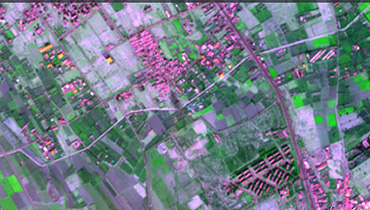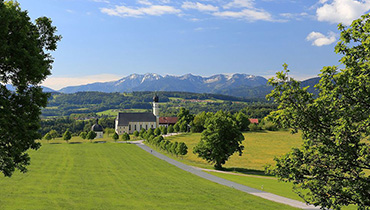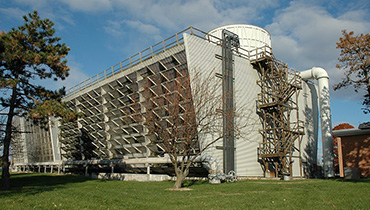2022 - How rurality influences interactive innovation processes: lessons learnt from 15 case studies in 12 countries
| Autores: | Schmidt, PG; Diaz-Puente, Jm; Bettoni, M |
| How rurality influences interactive innovation processes: lessons learnt from 15 case studies in 12 countries | |
| Revista: | European Planning Studies. 30 (12): 2595-2617 - 2022-01-01 30(12), doi: 10.1080/09654313.2022.2043832 |
| Fecha: | 2022 |
| Lugar de Publicación: | Published online |
| Enlace: | Full article |
ABSTRACT
Rural regions are considered a key element to allow a shift towards sustainable development. However, to what extent they are able to innovate and how they integrate into interactive innovation processes considering their distance from urban centres remains unclear. By drawing on 15 case studies of interactive innovation in agriculture and rural development in a variety of rural regions across Europe, and combining a rural-urban typology with data on the quality of AKIS (Agricultural Knowledge and Innovation Systems), four classes of ruralities were defined. In them, the innovation process was analysed by paying special attention to the analytical aspects of: (i) organizational structure; (ii) initial idea; (iii) finance; (iv) access to extraregional resources. The results show that innovation in more rural regions is often inspired by external ideas, while drawing on already well-established networks. Rural entrepreneurs as individual actors drive innovation, but struggle in 'thin' environments with little support and scarce private funding. The private sector can buffer lack of AKIS support, but embedded NGOs and producers' organizations act as last resorts in more remote regions. The study contributes to a profounder understanding of how rurality impacts innovation processes, offering an analytical framework for future rurality studies and policy interventions.
Keywords: Agriculture; Akis; Drives innovation; Framework; Interactive innovation; Knowledge; Networks; Peripheries; Periphery; Regions; Rural development; Rural entrepreneurs; Spatial-analysis; Systems













